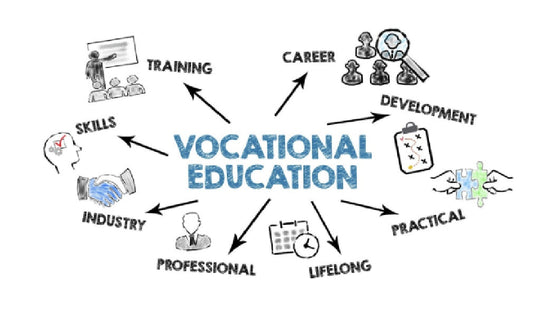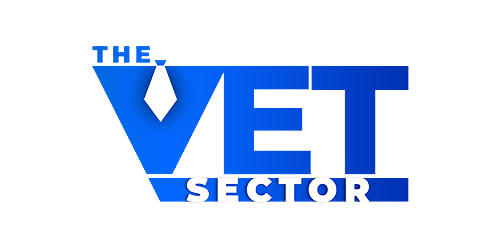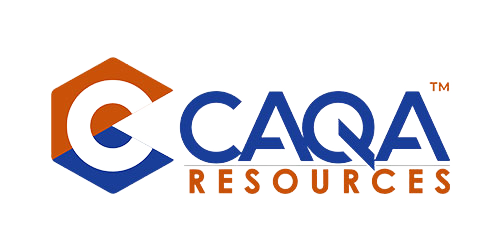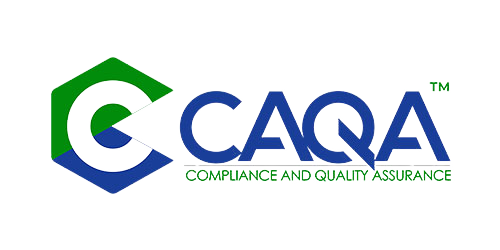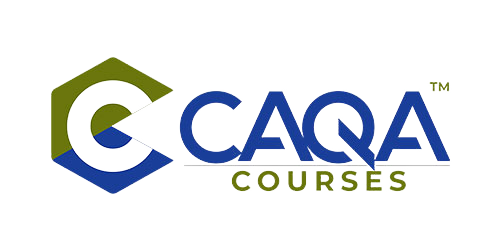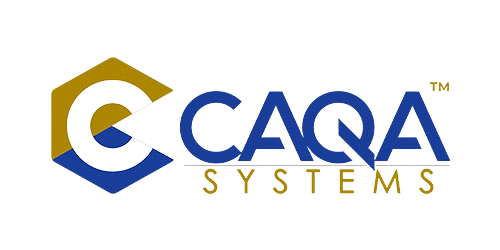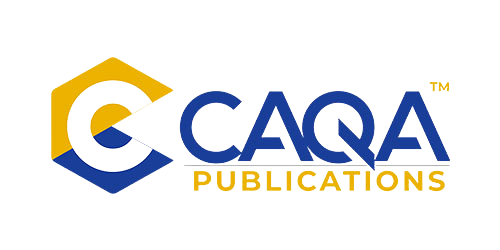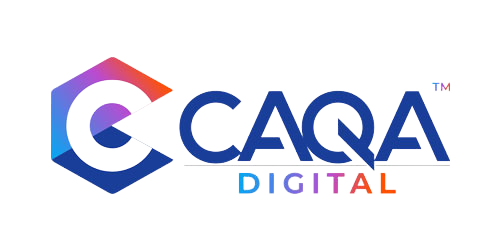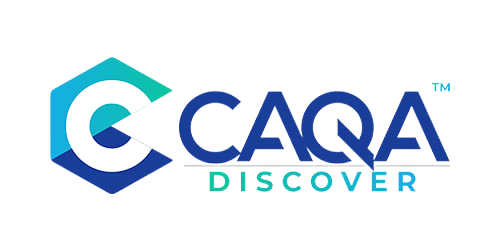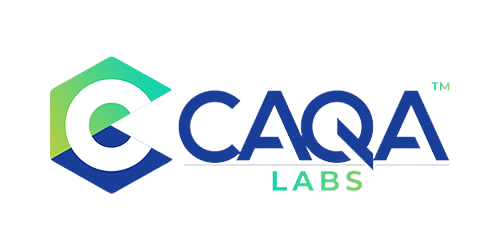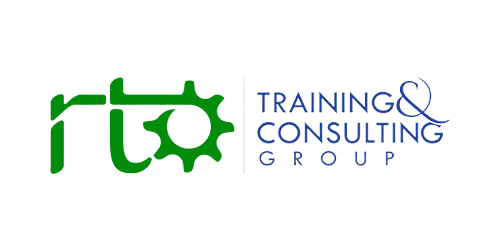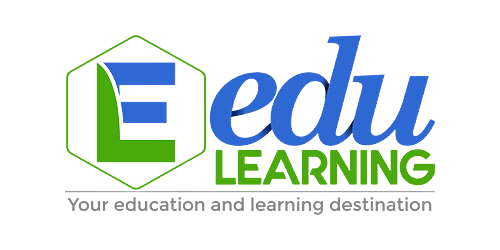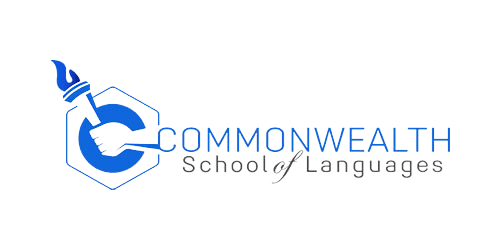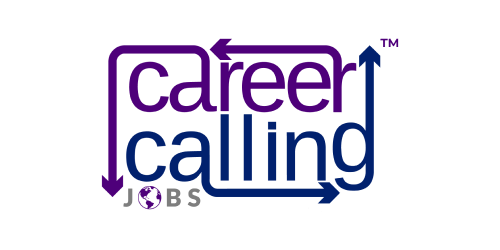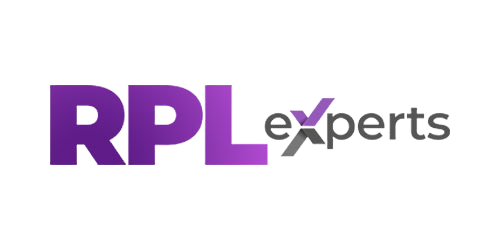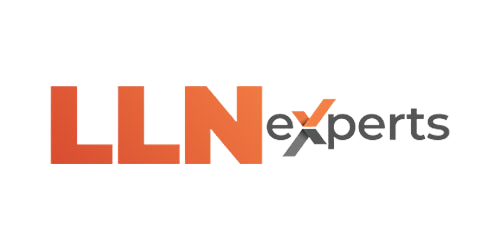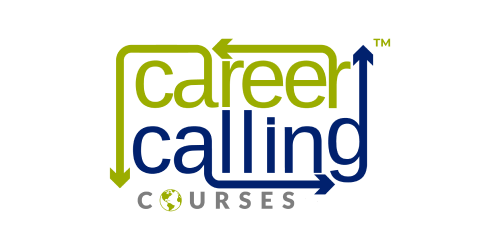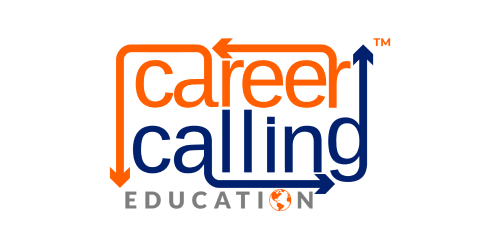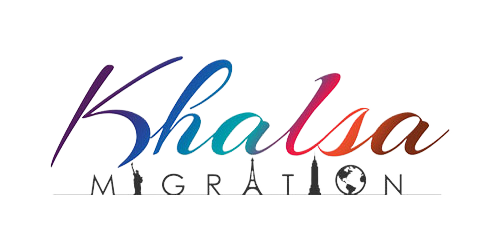The Shifting Educational Landscape
Recent policy developments in the United States have dramatically accelerated the timeline for artificial intelligence integration in education, with executive action mandating AI-focused curricula spanning from kindergarten through workforce preparation. This represents a significant shift in educational policy with far-reaching implications for vocational education and training providers. As RTOs prepare for the July 2025 standards implementation, understanding the potential impact of these developments on vocational education becomes increasingly important. Auditors may evaluate how effectively providers are preparing for this technological integration while maintaining educational quality and addressing ethical considerations.
The executive order directs federal agencies to support comprehensive AI education through curriculum development, teacher training, and establishing learning pathways connecting early education directly to workforce readiness. Federal funding will support teacher preparation for both utilising AI tools and teaching students about artificial intelligence functioning. States are being encouraged to develop AI-focused apprenticeships and vocational tracks for older students, potentially creating new imperatives for vocational education providers to incorporate AI-related content across diverse program areas.
This policy direction mirrors similar initiatives in other countries, suggesting a global trend toward earlier and more comprehensive AI education. The implications for vocational education extend far beyond simple technology adoption to fundamental questions about curriculum design, teaching methodology, skill development priorities, and ethical frameworks. For forward-thinking RTOs, these developments represent both a significant challenge and an extraordinary opportunity to shape how AI education unfolds within vocational contexts, potentially defining how an entire generation understands and engages with these transformative technologies.
The Educational Rationale: Competitiveness and Workforce Preparation
Proponents of early AI education emphasise several compelling arguments for introducing these concepts from the earliest educational stages through vocational preparation. Understanding these perspectives provides essential context for vocational education providers developing strategic responses to these policy directions.
Technological Fluency as Core Literacy
Perhaps the most fundamental argument for comprehensive AI education suggests that technological fluency, including understanding AI capabilities, limitations, and applications, represents an essential literacy for effective functioning in contemporary society. Just as traditional literacy and numeracy provide foundational capabilities for navigating text-based environments, technological fluency enables effective functioning in increasingly AI-mediated workplaces and social contexts. From this perspective, introducing AI concepts early creates essential foundations for later educational and career development.
For vocational education providers, this perspective suggests potential value in incorporating fundamental AI understanding across diverse program areas rather than treating these concepts as specialised technical domains. If technological fluency truly represents core literacy, vocational programs across healthcare, business, trades, and creative fields may all require some level of AI-related content to adequately prepare students for contemporary workplace contexts.
Global Competitiveness Imperatives
Policy discussions around AI education frequently emphasise national competitiveness considerations, positioning early and comprehensive technological education as essential for maintaining economic and innovation leadership in increasingly AI-driven global environments. With several countries implementing systematic AI education initiatives, concerns about falling behind in technological capability development create powerful momentum for accelerated implementation despite potential implementation challenges.
This competitiveness framing carries particular relevance for vocational education, which plays a crucial role in developing workforce capabilities directly connected to economic productivity and innovation capacity. As global competition for AI talent intensifies, vocational education providers may face increasing expectations to contribute to technological capability development across diverse industry sectors, potentially reshaping program priorities and resource allocation.
Workforce Transformation Preparation
Beyond general technological literacy, early AI education proponents highlight the accelerating transformation of workplace requirements across virtually all industries. With artificial intelligence increasingly performing routine cognitive tasks while creating new roles focused on human-AI collaboration, traditional career preparation focused primarily on established job descriptions may inadequately prepare students for rapidly evolving employment landscapes. From this perspective, early AI exposure helps develop adaptability and technological comfort essential for navigating workplace transformation.
For vocational education providers, this workforce transformation creates both implementation challenges and potential opportunities. Programs preparing students for specific occupations must increasingly incorporate forward-looking technological elements while maintaining current workplace relevance. This balance between immediate employment preparation and long-term adaptability represents perhaps the central challenge for vocational education amid accelerating technological change.
Implementation Considerations: Beyond the Policy Mandate
While policy mandates create momentum for AI education implementation, translating these directives into effective educational practice requires addressing numerous practical considerations. For vocational education providers, several implementation dimensions deserve particular attention.
Developmental Appropriateness and Sequencing
Introducing artificial intelligence concepts across educational levels raises important questions about developmental appropriateness and educational sequencing. Different age groups require fundamentally different approaches to technology education based on cognitive development, abstract reasoning capabilities, and prior knowledge foundations. Effective implementation requires a carefully structured progression from concrete, experiential learning in early education toward more abstract conceptual understanding in later stages.
For vocational education providers primarily serving adult learners, this sequencing consideration manifests differently than in K-12 settings. Adults enter vocational programs with diverse prior technological exposure and understanding, creating challenges for establishing appropriate entry points for AI-related content. Effective approaches likely require careful assessment of existing technological literacy and tailored instruction addressing specific knowledge gaps rather than assuming uniform technological understanding.
Teacher Capability Development
Perhaps the most significant implementation challenge involves developing sufficient instructor capability for effective AI education. Many current educators received their professional preparation before artificial intelligence became a mainstream educational topic, creating potential capability gaps regarding both conceptual understanding and practical application. Substantial professional development investment appears necessary for building sufficient instructor comfort and competence with these rapidly evolving technologies.
For vocational education providers, this capability development challenge holds particular significance given the industry-specific nature of AI applications across different vocational domains. Effective instruction requires not just generic technological understanding but specific knowledge regarding how artificial intelligence is transforming particular industries and occupational roles. This specialised knowledge may require ongoing professional development, connections with industry practitioners implementing these technologies in workplace contexts.
Balanced Curriculum Integration
Integrating artificial intelligence education within already crowded curricula requires thoughtful consideration of an appropriate balance between technological content and other essential knowledge domains. Effective approaches must avoid both minimalist implementation, offering insufficient technological preparation and overcorrection, sacrificing other crucial educational elements in pursuit of technological focus. Finding appropriate integration points connecting AI concepts with existing curriculum, rather than treating them as separate content domains, may help address these balance concerns.
For vocational education providers, this integration challenge manifests through questions about appropriate technological emphasis within specific program areas. Healthcare programs must balance technological preparation with clinical knowledge and patient care skills. Construction programs must integrate emerging technologies while maintaining focus on fundamental building techniques. Finding program-specific integration approaches that maintain an appropriate balance represents a crucial implementation consideration across diverse vocational domains.
Ethical Considerations: Values in Technological Education
Beyond practical implementation questions, early AI education raises profound ethical considerations regarding technological values, human development priorities, and appropriate boundaries. For vocational education providers, several ethical dimensions deserve particular attention.
Critical Thinking Versus Technical Compliance
Perhaps the most fundamental ethical consideration involves balancing technical skill development with critical analysis capabilities. Educational approaches emphasising technical operation without corresponding critical evaluation may produce students capable of using artificial intelligence tools but lacking the capability to assess their appropriateness, limitations, or potential negative impacts. Conversely, approaches overemphasising critical analysis without practical capability may create theoretical understanding without functional technological engagement.
For vocational education providers, this balance holds particular importance given the employment preparation focus. Workplace environments typically require both practical technological capability and appropriate judgment regarding tool application—neither pure technical compliance nor abstract critique alone provides adequate preparation. Finding an appropriate balance between these dimensions represents a crucial ethical consideration across vocational programs.
Digital Sovereignty and Technological Agency
Comprehensive AI education raises important questions about digital sovereignty—individuals' capability to maintain meaningful agency amid increasingly powerful technological systems. Educational approaches emphasising passive tool use without underlying conceptual understanding may inadvertently create technological dependence rather than genuine capability. Effective education should develop not just operational skills but sufficient conceptual understanding for informed technological choices and appropriate boundary-setting.
For vocational education providers, this sovereignty consideration manifests through questions about the depth of technological understanding across different program areas. Some roles may require sophisticated AI implementation capability, while others need primarily critical usage skills and appropriate boundary knowledge. Determining appropriate depth for different vocational contexts represents an important ethical judgment affecting program design and resource allocation.
Inclusion and Accessibility Considerations
As artificial intelligence education expands across educational levels, ensuring equitable access becomes an increasingly important ethical consideration. Without a deliberate accessibility focus, technological education initiatives may inadvertently reinforce existing social and economic stratification through differential access based on resource availability, geographic location, or demographic factors. Effective implementation requires explicit attention to inclusion through adaptive content, multiple learning pathways, and targeted support for disadvantaged student populations.
For vocational education providers, these inclusion considerations hold particular importance given their historical role in providing educational access for diverse student populations. As artificial intelligence increasingly shapes employment opportunities, ensuring equitable access to technological education becomes a crucial social equity issue. RTOs demonstrating particular commitment to accessible AI education may contribute significantly to broader social inclusion amid technological transformation.
Balancing Perspectives: Thoughtful Implementation Approaches
Navigating these complex considerations requires balanced implementation approaches acknowledging both potential benefits and legitimate concerns regarding early AI education. For vocational education providers, several specific strategies may help develop thoughtful implementations respecting diverse perspectives.
Age-Appropriate Progressive Implementation
Rather than treating artificial intelligence education as a uniform curriculum component, effective approaches recognise developmental differences requiring age-appropriate content and methodology. Early education might emphasise exploratory interaction and basic conceptual introduction, while secondary education incorporates more sophisticated understanding of technical functioning and social implications. Vocational education can then build upon these foundations with industry-specific applications and professional-level capability development.
This progressive approach allows the introduction of artificial intelligence concepts from early stages while maintaining developmental appropriateness through carefully calibrated content complexity. For vocational education providers, understanding these earlier educational stages helps design programs appropriately, building upon prior knowledge while addressing any gaps in previously developed understanding.
Balanced Technological Perspective
Effective AI education requires a balanced perspective, avoiding both uncritical techno-enthusiasm and reflexive technological resistance. Implementation approaches should acknowledge artificial intelligence's genuine potential for enhancing human capability and addressing complex challenges while also recognising legitimate concerns regarding appropriate application boundaries, potential negative impacts, and ethical considerations. This balanced perspective creates space for nuanced engagement rather than polarised positioning regarding technological integration.
For vocational education providers, this balance proves particularly important given the direct workplace preparation focus. Vocational graduates must navigate actual workplace contexts where artificial intelligence adoption continues accelerating regardless of ideological debates. Preparing students for this reality requires neither uncritical acceptance nor blanket resistance but a nuanced understanding enabling effective navigation of complex technological environments.
Interdisciplinary Integration
Rather than treating artificial intelligence education as an isolated technical subject, effective approaches integrate technological understanding within broader educational contexts, connecting technical functioning with social implications, ethical considerations, and practical applications. This interdisciplinary approach helps students develop a comprehensive understanding encompassing both technological capability and contextual judgment regarding appropriate implementation.
For vocational education providers, this integration manifests through industry-specific contextual applications rather than generic technological instruction. Healthcare programs might address AI applications in diagnostic support alongside ethical considerations regarding decision authority and patient privacy. Construction programs might examine automated design tools alongside questions about professional judgment and responsibility. These contextual integrations create more meaningful learning than decontextualised technological instruction alone.
Stakeholder Engagement and Transparency
Implementing significant curriculum changes inevitably raises concerns among various stakeholders, including parents, educators, industry representatives, and students themselves. Effective implementation approaches prioritise transparent communication regarding educational rationale, implementation plans, and anticipated outcomes while creating genuine engagement opportunities for stakeholder input. This transparency helps address legitimate concerns while building broader support for thoughtful implementation.
For vocational education providers, industry stakeholder engagement holds particular importance given the workforce preparation focus. Understanding how specific industries view artificial intelligence integration and desired graduate capabilities helps design relevant educational experiences aligned with actual workplace requirements. This alignment creates both improved employment outcomes and greater implementation support from key industry partners.
The Path Forward: Strategic Positioning for Vocational Education
As artificial intelligence education initiatives expand across educational levels, vocational education providers face important strategic choices regarding their role in this technological transformation. Several potential positioning approaches deserve consideration based on organisational strengths, student needs, and industry relationships.
AI-Specific Career Preparation
Some vocational education providers may choose a strategic focus on artificial intelligence-specific career preparation, developing specialised programs directly addressing the growing demand for AI implementation roles across diverse industries. These focused programs might address areas like prompt engineering, AI implementation management, model optimisation, or industry-specific application development, creating direct pathways to emerging technological roles requiring specialised capabilities.
This specialised approach leverages accelerating demand for AI-specific skills while potentially requiring substantial investment in specialised instructor capability, technological infrastructure, and industry partnerships. Organisations pursuing this strategy should carefully assess local employment markets, competitive positioning, and sustainable funding models before committing significant resources toward highly specialised program development.
Industry-Specific AI Integration
An alternative approach focuses on integrating artificial intelligence capabilities within existing industry-focused programs rather than developing standalone AI specialisations. This integration strategy addresses how specific industries are implementing these technologies and what capabilities graduates need for effective functioning in technology-enhanced workplace environments. Healthcare programs incorporate healthcare-specific AI applications, while construction programs address construction-specific technological implementation.
This approach leverages existing industry relationships and subject matter expertise while requiring thoughtful curriculum evolution rather than wholesale program development. For many vocational education providers, this integration strategy may offer a more sustainable implementation pathway than specialised program creation, particularly for organisations serving diverse industry sectors with varying technological adoption patterns.
Critical Navigation Capability Development
A third strategic approach emphasises developing critical navigation capabilities, preparing students for effective functioning amid increasingly AI-influenced environments, regardless of specific technological implementation details. This approach focuses less on technical implementation skills and more on evaluative judgment, appropriate boundary-setting, and ethical decision-making regarding technology usage across diverse contexts.
This critical navigation emphasis may prove particularly valuable for vocational domains where artificial intelligence primarily augments rather than replaces human judgment and where ethical considerations significantly influence implementation appropriateness. Fields with substantial interpersonal components or significant safety implications may particularly benefit from this critical navigation emphasis alongside basic technological understanding.
Customised Approach Based on Student Needs
Given diverse student populations served by vocational education, some providers may adopt customised approaches, tailoring artificial intelligence education to specific student needs and prior knowledge rather than implementing uniform curriculum approaches. This customisation might include differentiated entry points based on prior technological exposure, personalised learning pathways addressing specific capability gaps, and varied emphasis based on career objectives and industry requirements.
This personalised approach aligns with broader educational trends toward customised learning but requires sophisticated assessment capabilities, flexible curriculum structures, and instructor capability for differentiated instruction. Organisations with existing strengths in personalised education may leverage these capabilities for artificial intelligence education, while others may require substantial implementation support for effective customisation.
Conclusion: Thoughtful Navigation of Educational Transformation
As vocational education navigates the intersection of policy mandates, technological evolution, and diverse educational perspectives regarding artificial intelligence, thoughtful implementation approaches acknowledging both potential benefits and legitimate concerns offer the most promising path forward. The accelerating integration of these technologies across global educational systems appears increasingly inevitable, making implementation quality rather than adoption itself the crucial variable determining educational outcomes.
For vocational education providers approaching the 2025 standards implementation, artificial intelligence education represents both a significant challenge and an extraordinary opportunity. Organisations demonstrating thoughtful engagement with these developments—balancing technical capability with critical thinking, addressing ethical considerations while building practical skills, and maintaining educational quality amid technological integration—position themselves for leadership in this educational transformation rather than merely reactive compliance with emerging requirements.
Perhaps most fundamentally, this technological integration moment offers an opportunity for vocational education to demonstrate its distinctive value in connecting theoretical understanding with practical application, precisely the integration artificial intelligence education requires for meaningful implementation. By leveraging this natural alignment between vocational education's applied focus and AI education's implementation needs, providers can develop distinctive approaches that potentially influence broader educational practice beyond vocational domains alone.
When auditors evaluate organisational readiness under the 2025 standards, evidence of such thoughtful engagement with artificial intelligence education, addressing both technical implementation and broader educational considerations, may demonstrate particular institutional sophistication in navigating complex educational transformation. Beyond compliance considerations, this thoughtful engagement positions vocational education providers for continued relevance amid educational landscapes increasingly shaped by these powerful and rapidly evolving technologies.





